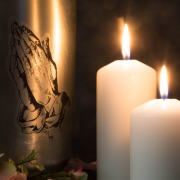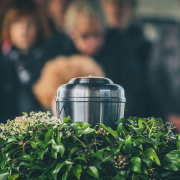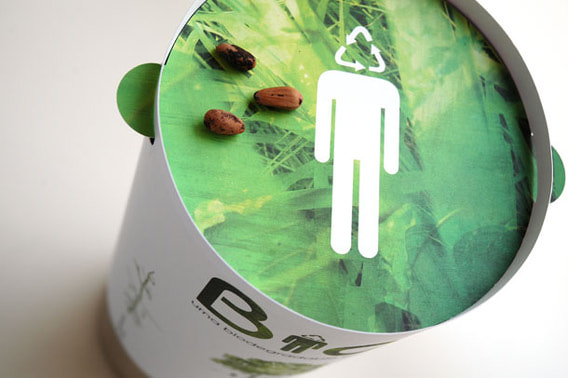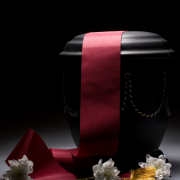Choosing an Urn: Understanding Materials, Sizes, and Personalization Options
 More Than Just a Container
More Than Just a Container
When you’re grieving, some choices feel impossibly hard. Others offer a quiet chance to reflect.
Selecting an urn falls somewhere in between.
For many families, cremation urns represent more than where a loved one rests. They carry memory. Personality. Sometimes, even beauty. Whether it’s for home display, scattering, or part of a formal burial service, the right urn can help tell the story of someone’s life — without saying a word.
If you’re not sure where to begin, that’s okay. Here’s what you need to know.
What Is a Cremation Urn Used For?
At its most basic, an urn holds cremated remains. But how and where it’s used varies.
Some urns are placed at the front of a memorial. Others are buried in a cemetery or displayed in a niche. Some are designed for scattering ashes. Others become permanent fixtures on a shelf or mantle.
You may also encounter keepsake urns — smaller containers that allow multiple family members to keep a portion of the remains.
When families choose cremation urns, they’re often thinking about:
- Where the urn will go (home, ground, or water)
- Whether it will be shown during a burial service or memorial
- How they want the urn to reflect the person it holds
Choosing a Material: Form Meets Meaning
One of the first decisions is what the urn will be made of. There’s no right answer — just what feels most appropriate.
Wood Urns
Warm. Natural. Timeless.
Wood urns are often chosen for display in the home or as part of a memorial table. They come in many styles — cherry, oak, walnut — and can be personalized with engravings or inlays. Some feel rustic. Others are finely finished and polished.
Wood isn’t usually recommended for burial unless sealed, but for many, the natural texture holds emotional meaning.
Stone Urns
If you’re looking for something elegant and enduring, stone urns may feel right.
Marble, granite, and alabaster options are beautiful and long-lasting. Because of their weight and durability, these are often chosen for mausoleums, burial plots, or more formal settings. They carry a kind of stillness that some families find comforting.
Metal Urns
Classic. Sturdy. Reliable.
Metal urns — often made from brass, bronze, stainless steel, or aluminum — are a practical and versatile choice. They can be sleek or ornate, depending on the design. Many include screw-top lids for secure closure and travel.
These urns work well for burial services, travel (including TSA approval), or long-term storage.
What Size Should You Choose?
Most full-size cremation urns hold the ashes of one adult. That said, it’s always good to double-check volume if you’re planning on dividing remains, sharing among family, or burying within a specific type of vault.
Keepsake urns are designed to hold a small portion — often around a tablespoon to a cup. These are often gifted to close family members who want a personal memento.
There are also companion urns (for two people), child-sized urns, and pet urns available.
A funeral professional can help you determine sizing based on weight and service plans.
Personalization Options That Add Meaning
You don’t have to settle for generic. Most cremation urns can be customized — and many families find comfort in making the design feel personal.
Here are a few ideas:
- Engraving names, dates, or quotes
- Adding a photo frame or portrait etching
- Choosing symbolic artwork (trees, birds, crosses, etc.)
- Coordinating color or material with the person’s taste
You can also create matching keepsake urns or jewelry items for close family members. These small pieces often stay with people for years — and sometimes generations.
Matching the Urn to the Type of Service
The right urn often depends on how you’ll be using it.
- Home Display: Many prefer wood urns or decorative stone urns that blend with their home and feel comforting to look at.
- Burial Service: Metal urns or sealed stone urns are more durable and often required for ground burial.
- Scattering: Lightweight biodegradable urns or scattering tubes make this process easier and more respectful.
- Travel: If you’re flying with remains, choose TSA-approved metal urns or containers that pass through security safely.
A burial service may include the urn being lowered into a plot or placed in a columbarium niche. In either case, materials and size should meet cemetery requirements — which we can help verify.
How Tranquility Burial and Cremation Helps Families Choose
At Tranquility, we know choosing an urn feels personal — sometimes overwhelming. You don’t have to do it alone.
We’ll walk you through every step:
- Reviewing materials, sizes, and budget options
- Explaining what’s required for your burial service or memorial
- Helping you decide between display, scattering, or sharing remains
- Guiding you through personalization, down to the last detail
Our team keeps a catalog of cremation urns on hand — including wood urns, stone urns, metal urns, and keepsake urns. If you’re not ready to decide right away, we offer quiet support without pressure.
Speak with a director or request our urn selection guide to learn more. Whether you’re choosing for today or as part of future planning, we’re here to help make the decision feel a little more human.
It’s not just about where they rest. It’s about how they’re remembered.










